Shaking in a rocking chair can be very relaxing but having the same experience when you are driving a car or even is alarming. A vibrating vehicle is not good news. However, the truth is even your newly purchased auto can show these signs. There are many causes of this disturbing incident, but don’t worry, in this article, we are about to show you the best ways to diagnose the roots of car shaking and a detailed guide on how to completely eradicate this problem. Now, let’s begin!
6 Main Reasons Explaining When Your Car Shaking
Imagine your car shaking all the way in the 20-mile journey. Annoying right? Car vibrates can cause serious accidents too. If you detect any such problem, you should find out the cause and take it to a repair shop. Here are the six most common reasons for the vibration of an engine:
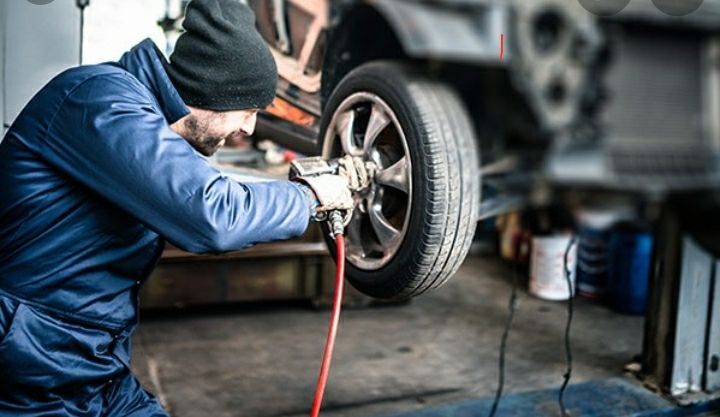
Wheels out of balance
It is obvious that the most common problems which cause vibrating are the wheels. You can easily recognize this when you feel the vibration in the floorboard and driver’s seat when driving at high speed.
Unbalanced wheels not only make it difficult to drive but also cause car shaking and vibrate. Once the wheels are not in their good condition, drivers will be unable to control their own speeds and directions, which can easily cause accidents. So this is definitely something drivers must pay attention to.
Spark plugs
Believe it or not, this is also one of the most famous car causes that is often being ignored. But remember, spark plugs play an essential role in the process of driving. So if your car shaking, check the spark plugs.
When you have a broken or faulty spark plug, the engine will vibrate and cause a misfire, which can damage the car system. However, unlike the first problem, you can easily fix this by changing a new plug.
Worn tie rod ends
Another simple but unexpected reason for car shaking is the tie rod. Yes, you are correct, it is the one that connects the wheels to your car’s steering. These tie rods keep your wheels in the same direction, so drivers can easily adjust and change direction by controlling the steering.
Now here comes the scary part: When the tie rod ends begin to wear out, the wheels will go to different and separate ways. Besides terrifying misdirection driving, this will also cause vibration.
Clogged transmission filter
The transmission filter is an important car part that requires a lot of attention. If this filter becomes clogged, the car will vibrate when reaching highway speed.
In order to fix this problem, all drivers need to do is replace the offending transmission filter.
Worn upper strut bearings
Talking about the struts, worn upper strut bearing is another common reason when we discuss car vibration. Just like other problems of your car shaking when carrying too heavy or going too fast, a worn upper strut causes vibration.
A full checking service from a car mechanic is what we would suggest since the worn strut bearing problem can be quite hard to find. The professional mechanic will know when to fix or replace them.
Low transmission fluid
It’s one of the most familiar causes of engine vibration. If the level of transmission fluid runs low, your car will shake upon acceleration. It needs immediate attention because the shake it creates is quite intense.
There are more causes when your beloved car vibrates. The problem can arise from a bent axle, spark plugs, worn ball joints, loose hoses, and many other reasons. You should be careful and take the car to a service center if it shows any vibration while driving.
Read more:
- Learn 4 Basics to Diagnose an Engine That Won’t Start
- How to Reset Check Engine Light: Follow These 4 Easy Ways!
The Solution When Car Shaking On The Street
Wheels out of balance
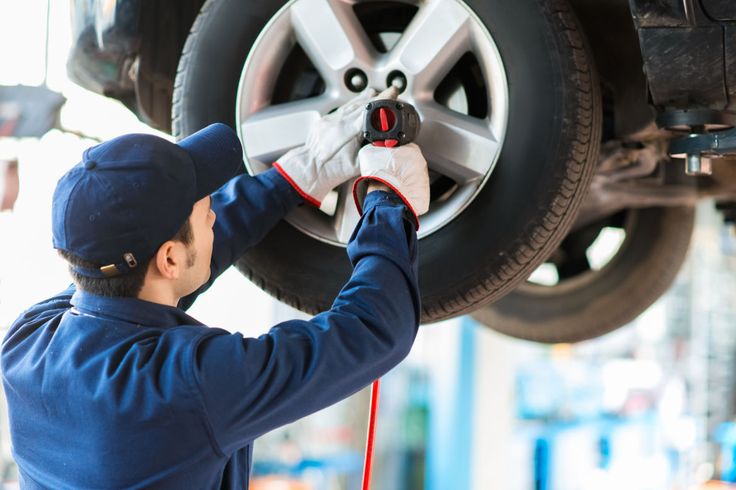
As a driver, an unbalanced wheel is without a doubt the most annoying problem. Not only does your car vibrate, but drivers can also get into an accident for uncontrollable movement. Yet again, every problem has its own way to resolve. Understanding the wheel can help you fix them on your own.
With a balancer
Along with a bubble balancer, there are some tools you might need to carry with you:
- A flat-end screwdriver
- A jack
- A lug wrench
Step 1: Remove the wheel weights
Before re-balancing the wheel, there are various weights you already have on the wheels. So it is wise to take them all out in order to balance them much easier and more accurately.
Step 2: Remove the wheels
After all the weights have been taken out, the driver can now remove the wheels. Be careful since the wheels are heavy so you might need a helping hand.
Step 3: Clean the wheels
Before balancing the wheels, we suggest cleaning all the dirt from the wheels. Drivers should focus on cleaning the rim and the tread of the tires. Wash them with water in order to be much cleaner while balancing, and remember to let them dry.
Step 4: Balance the wheels
Many car owners here might have seen the balancer at least once, yet only a few of you can actually know how to manage it. In order to make the balancer works, all you need is to turn it on and put the wheel on it. If you want to use dynamic balancing, you need to spin the wheel. On the other hand, if drivers use static balancing, just wait until the tires get back into a stationary position and it is all done.
Step 5: Mark the spots and put the weight back on
Don’t forget to use chalk to mark the spots. These points are the place for drivers to put the weights in case of unbalanced wheels.
After that, the wheel weights to its position. This will help the wheel to stay in the right shape.
Step 6: Recheck and adjust the wheels
After the connection, it is time to make sure everything is right: Recheck and adjust the balance of the wheel. You should guarantee that the movement is smooth enough. If they stay in a perfect line and move without any problems, you are good to go.
Step 7: Return the wheels back to the position
Last but not least, car owners should tighten the lug nuts, and lower the jack in order to set the wheels to their position.
Without a balancer
Even without a machine, drivers can still balance the tire by themselves. Yet it can be very tricky sometimes. Also in order to do that, you might need a lot of tools to remove the weights and wheels.
Step 1: Remove the weights and debris
In order to balance the wheel and avoid car shaking, you need to find out which wheel can be the cause. After that, remove all the weights and debris from the tread for the following step. We also suggest to clean the wheel before doing anything else.
Step 2: Re-install the weight
This step is based on pure experience: You can install the weight on the top side, then rev the car from 0 to the speed at which your car starts vibrating. If the car still vibrates, replace the weight from that position to the position 45 degrees to the right. Then accelerate.
Step 3: Solve the problem
Continue with that at least 3 times, and eventually, you will find the spot. Especially the rear tire imbalance may have been insignificant while it was at the back, so it is very easy to spot. Drivers then can add more weights and complete the balancing.
Spark plugs
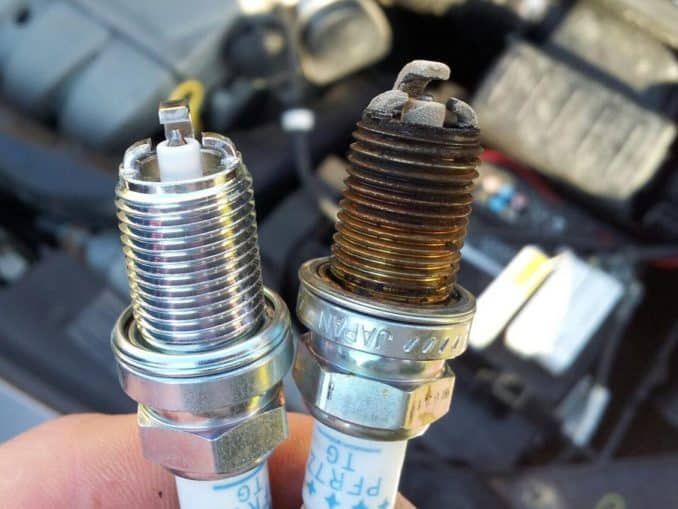
A spark plug is one of the most important car parts since it controls the working function of Petrol and LPG-powered cars. It channels and ignites the fuel. When it is broken, your car vibrates and has many different problems. And just like all other parts, they wear out over time and can be fixed quite easily. Here is how we can repair them:
Step 1: Locate old spark plugs
You need to locate the spark plugs in your vehicle. In order to do that, firstly you must open the car bonnet. The spark plugs are usually located at the engine end of a 4-8 wires bundle, under the plug covers.
On a 6-cylinder engine, spark plugs can be found on the side or top of the engine head. While on V8 and V6-cylinder engines, they are separated on engine sides evenly. On a 4-cylinder engine, they are located on the top or side of the engine, but in a row.
In some four-wheel vehicles, you will need to remove a few parts in order to see the spark plug wires, then trace them back in order to find the plugs. We suggest you also check the gaps and inspect them for any damage on the wires while tracing the plugs.
Step 2: Remove the spark plugs
Always remember to let your car cool down a little bit before trying to remove the spark plugs. The entire engine and plugs might get extremely hot if your car has been running for a while. Drivers can gather their tools while waiting.
Firstly, pull the wire plug by gripping it at the bottom, it will reveal the plug. You must not yank on the wire to pull out since this will ruin the spark plug lead. After that, drivers should fit their socket wrench with the bar, and then use the ratchet to take the plug out slowly.
Step 3: Measure the gap of the spark plugs
Even though most plugs these days come preset according to the application and the model number, a double-check is always important.
If the distance of the plug gap is higher than it should be, you can buy a new plug, or try to change the gap. In order to do it, gently tap a wooden surface of the plug with the gauge until it reaches the correct measurement. However, we suggest a replacement after every 20000 kilometers, since it is not that expensive and you can replace them at intervals for trouble-free motoring.
Step 4: Install new plugs
As a good driver, the first thing you must do is to be sure the plugs are correct. There are thousands of different combinations of measurements and spark plugs, from the size to the price. So if you are not sure, share the information with auto parts dealers for advice.
To install the plugs, use the spark plug socket to remove each plug from the engine. Then drivers can insert each hole with a new plug. Remember to not over-tighten them as you can strip the thread on the engine’s head, which can cost a lot of time and money to repair.
Drivers can even buy the torque specification just for the plugs in the service manual in order to set up the ratchet. After that, we recommend using an anti-seize lubricant on the plug threads if the car owner has an aluminum engine. A small amount of dielectric silicone is also necessary to make the plugs easier to remove. However, drivers must remember to put the spark plug wire boot back on the plug, or you might cause the engine to misfire.
Read more:
- If You Want To Change Color Of Your Car, Check Out These Facts First
- With Leaking Power Steering Fluid, How Far Can Drivers Go?
Worn tie rod ends
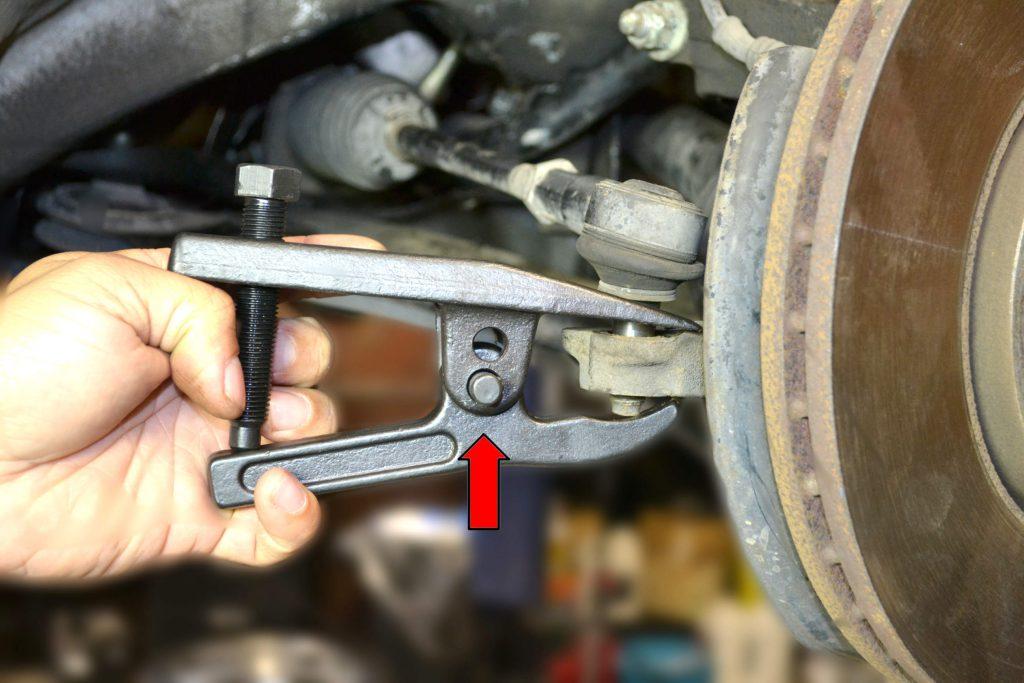
With every driver, tire rod ends are amazingly important for the sake of driving. Without saying, it is an integral part of a vehicle’s mechanism. So if your car shaking, you might know that it is time to get a new tire rod end. For that reason, knowing how to replace this part, however, can be performed by almost everyone.
Step 1: Access the tie rod end
In order to access the tie rod end, drivers must loosen the front tires slightly, and then raise the front end with a floor jack, since it is dangerous to leave the car suspended on the jack.
After that, remove the wheel to locate the outer and inner tie rod end
Step 2: Remove the tie rod end
Firstly, car owners should loosen the pinch nut, which holds the outer tie rod end in place and prevents unpredictable impact. This loosening allows drivers to twist the outer tie rod end.
Secondly, move the nut up to touch the outer tie rod end
Thirdly, drivers can now remove the cotter pin and throw it away. This part is impossible to reuse. Following the cotter pin, the castle nut is the next part to be taken out. It is the nut that the cotter pin went through and connected the steering knuckle and tie rod end.
Fourthly, remove the outer tie rod end from the steering knuckle and the inner tie rod end. We suggest using a ball joint separator or a tie rod puller.
Last but not least, remove the inner tie rod end. In order to do this, take a pair of pliers remove the clamp from the boot, and break the clip on the far side. After that, twist the inner tie rod end counterclockwise and pull it off of the car.
Step 3: Replace the tie rod end
After the removal, drivers might check to make sure the new tie rod end is comparable to the previous one. If they are the same length, shape, and size as they should be, those tie rod ends are ready to be replaced and installed.
Following the comparison, you can now thread the inner tie rod end into the steering gear and slide the boot back onto the rod. It is essential to thread the pinch nut, tighten the castle nut back, and replace the cotter pin after connecting the tie rod end to the steering knuckle since this will secure its position. After that, you can start to replace the wheel and lower your car back to the ground.
Clogged transmission filter

You must hear this every time you visit a car manufacturer: Change the transmission filter every two years or 30,000 miles. This is the truth since you can also change the transmission pan gasket along with the transmission fluid. But more importantly, it can prevent clogged transmission filters. In the situation when you cannot visit the car mechanics, here is how you can fix this problem of car shaking:
Step 1: Jack up the vehicle
This action is to keep your car secure while you are working underneath. Use the carjack to bring your four-wheel vehicle up high and place it on jack stands.
Step 2: Drain the fluid
In order to drain the fluid, a bucket or container is the tool you need: Place it underneath the transmission drain plug to collect the fluid.
Remember to use your socket wrench for an easier job. This also allows the transmission to flow out completely.
Step 3: Clean the pan
After that, remove the bolts and old gasket seal from the pan. You can use the scraper to scrape any dirt or debris around the edges since this is where you apply the new gasket seal.
Step 4: Install the new pan gasket seal
A layer of gasket seal can be used to apply to the gasket. And now you can easily install the new pan gasket seal to the transmission.
Step 5: Change the transmission filter
In order to do that, drivers must first remove the bolts holding the filter in place. Drivers can also use a flathead screwdriver to pry the old transmission filter out.
Replace the new filter with the old one and you can snap it into place with the clip.
Low transmission fluid
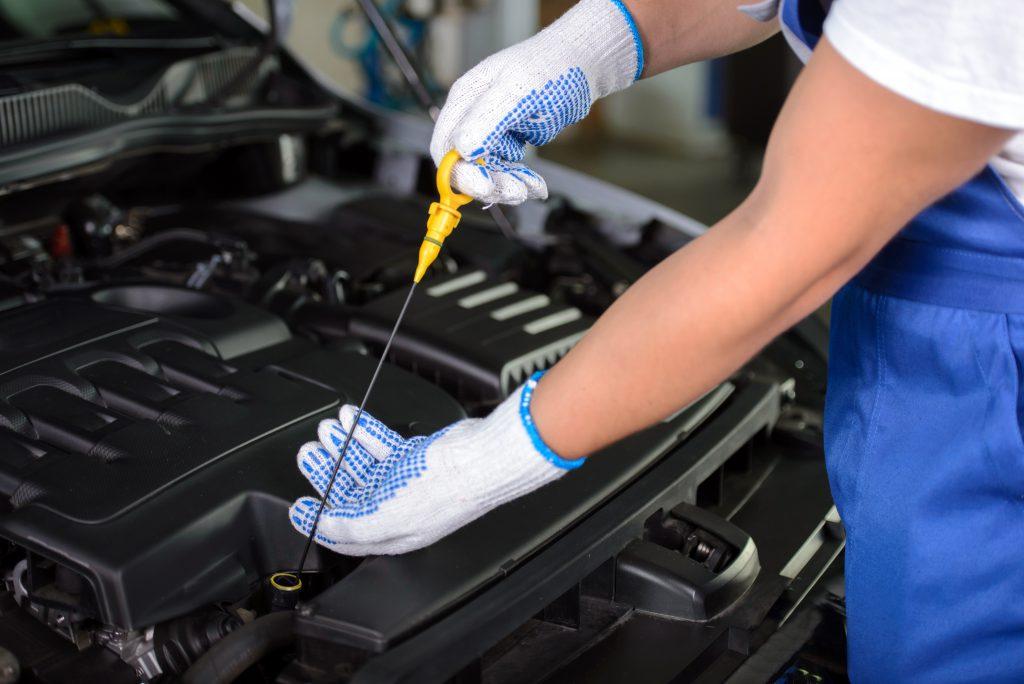
One of the most common car vibrations is definitely low transmission fluid. Transmission fluid plays an important role in deciding whether your car vibrates or not. In order to fix this problem, all you need is to apply the fluid to the transmission, which can be done by yourself easily:
Step 1: Keep the engine idle
Many car owners add transmission fluid when the car engine’s still running. However, for safety reasons, the transmission should be in the park with the handbrake locked.
Step 2: Add the correct transmission fluid
Before adding, remember to check the manual for instructions on the right amount of fluid to use. There are several kinds of transmission fluid with different specifications for the engine.
Step 3: Pour the fluid into the transmission
Don’t forget to use a funnel in the dipstick hole to avoid overfill.
If you see the amount of fluid is low on the dipstick, the driver can start with half a quart. After that, check the level again and add one-fourth quart until the level gets max.
Step 4: Depress the brake and run the transmission
By doing this, we can circulate all the transmission fluid, along with making sure car owners are getting the right reading
Step 5: Return the dipstick
Last but not least, remember to put the dipstick back into the transmission hole.
You might need to turn or press down a latch in order to lock it into place. After that, you are finished with fixing your car shaking.

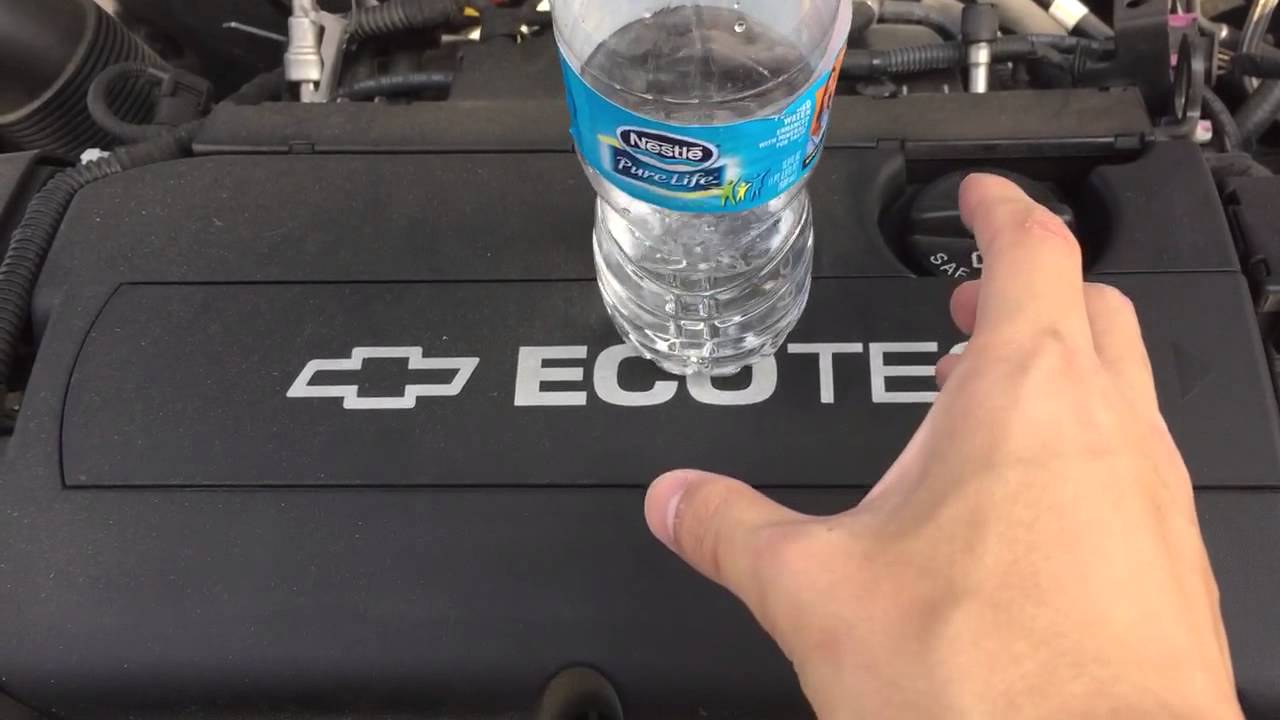


Thanks for the knowledge
Thank you. We will provide more useful information like this. Stay tuned
I recently ran over a bump in the road n since then i have this heavy vibration under the car. When i brace the muffler its not so bad. What is the cause?
Thank you. What causes the coolant in the radiator to stop circulating. The water pump is functioning.
Thank u for asking us. We will search more information and update later
This is so gd for us, to be able to detect any problem while driving. Keep it up.
We are glad that you like the article. Don’t forget to share with your friends!
Hi,
Thanks for your explanation about the possible cause of engine vibrating when at idle & running mode as well. My car is 2007 make Hyundai Santafe. Km run is about 125607 till date. It’s a pretty good car but over the last two years my car was used roughly & extensively & as a result started to show the following issues:
1. Strong vibration of engine for the pad one month n getting even more stronger vibrations now
2. Transmission of manual gear is getting hard especially after starting the car in the early winter morning. And later during the day the gear transmission to 1 & 2 is getting hard & doesn’t transfer the gear smoothly
Recently showed to the mechanic, checked the fuel injectors & says working fine but vibration still remains same rate. Mechanic checked & replaced the front right hand side engine mounts but vibration is still there. Now the mechanic says he will do the fuel injectors servicing but I don’t know doing this would solve the vibrating issue. I am spending my time & money for replacing something which is not cause of issue. I m worried & assume that vibrating issue could be the flying discs which facilitates smooth transmission of gear when car is on the road ( sorry unable to name correctly).
Please help me to diagnose the main cause for strong vibrations especially when the car is idle mode & when driving at low gear. I m from Bhutan where we don’t have an expert car mechanic to deal with the problem effectively.
Thank you for answering my query please.
Hi Kencho Wangdi,
Your car issue seem to be getting worse. If the symptoms indicates that problem came from the engine, you can check this one: https://carfromjapan.com/article/car-maintenance/5-causes-car-engine-vibration/
There, they also referred popular cases of car engine vibration and how to fix. At the end, I noticed questions about car shakes at idle, steering wheel vibrates at low/high speed.
I have Nissan Rouge 2008 I am feeling my steering is not in good shape, whenever I drive I felt pain in hand and shoulders.
I have checked this with near mechanic but he said every thing okay but still I am not satisfy because the problem is same as before.
Could you please suggest me what would be the cause ..Thanks
i am experiencing vibration at between 20km/h and 40km/h with a Nissan X-trail. What could be the problem?
Wonderful article! I am facing a problem of vibrations in my car and I have checked for its alignment still I an unable to find the exact reason. But your guidance will help me to find. I will now check for other parts that you have mentioned here. Thanks for sharing!
Dreadfully poor English. Crap like this should not exist.